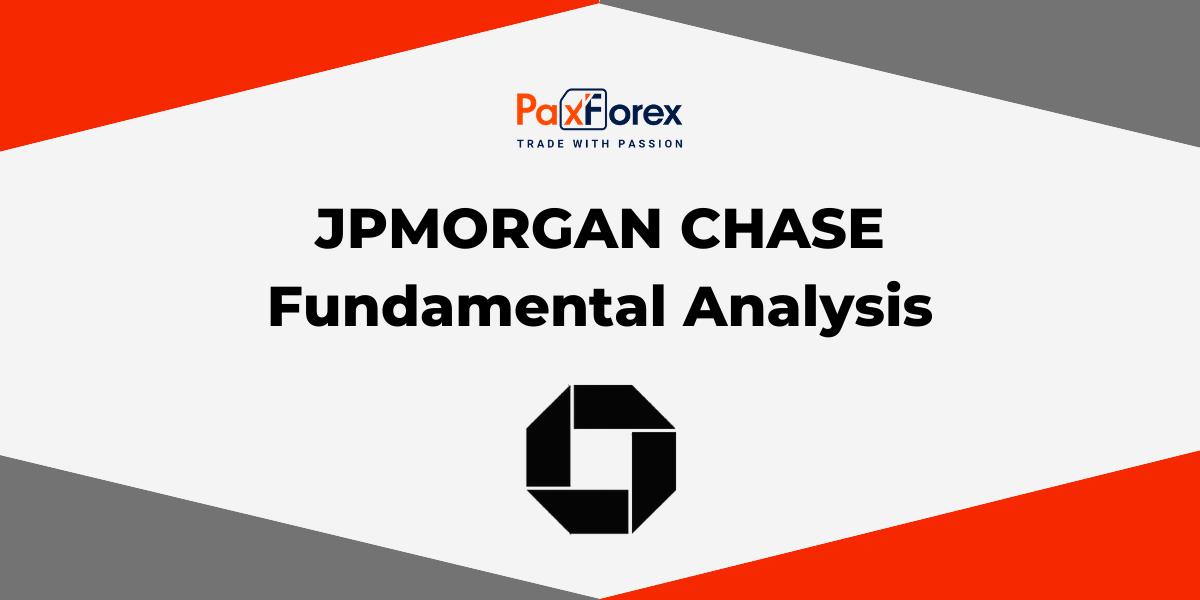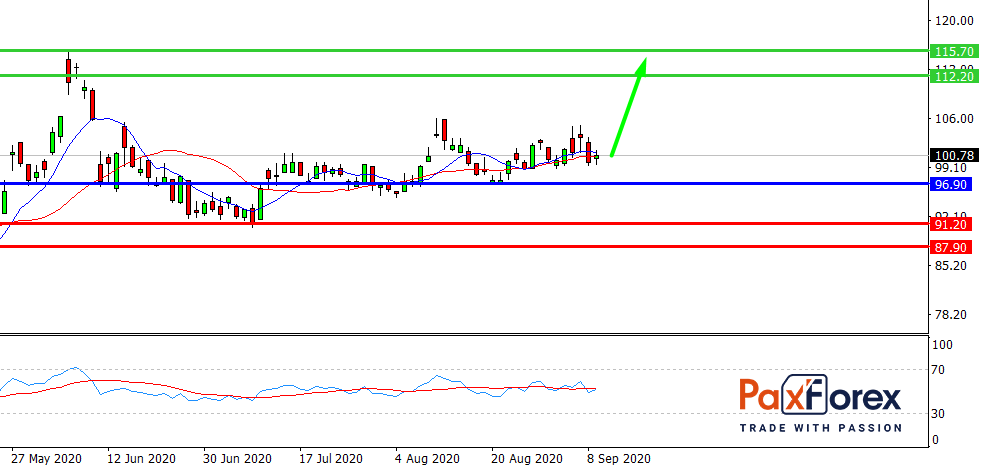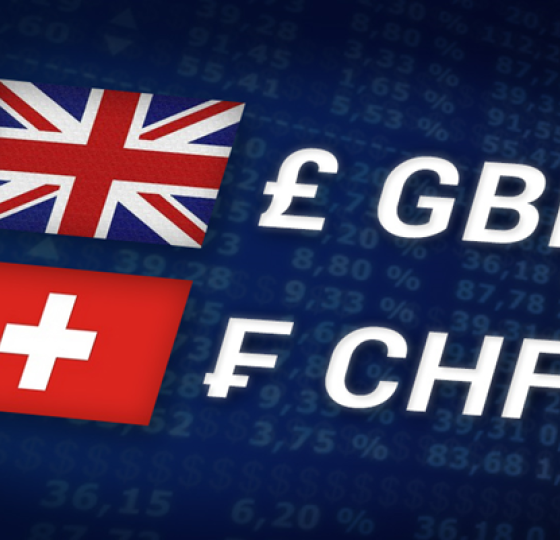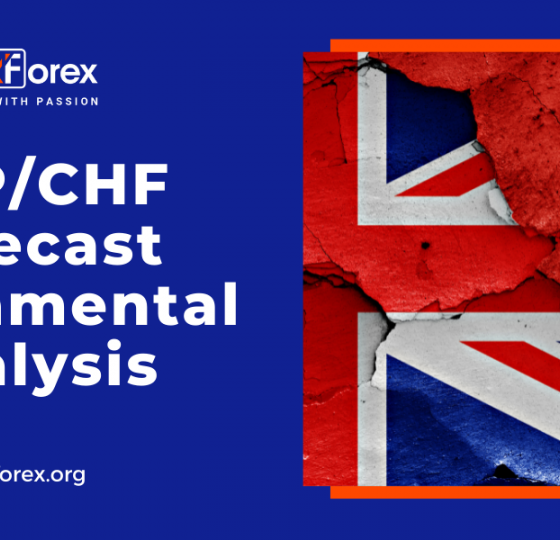
Source: PaxForex Premium Analytics Portal, Fundamental Insight
When the economy was hit by a pandemic in March, it created a situation that very few people could have imagined in January or February. Coronavirus forced all banks to set aside huge amounts of cash to prepare for future credit losses because tens of millions of people were suddenly out of work, while many businesses faced a doomsday scenario.
As the country's largest bank, JPMorgan Chase reserved almost $19 billion in the first half of the year to cover potential loan losses due to their high prevalence in the U.S. economy and exposure to many industries and business segments in which they operate. It is much more than any other bank in the country.
While the first few quarters of the year have been difficult, analysts are cautiously optimistic that the worst for JPMorgan is behind us. Here is why.
This year, most banks are operating under the new CECL (current expected credit loss) accounting policy. Before this policy, banks could only markdown a loan when an event occurred that made them believe that the borrower's ability to repay them had deteriorated.
CECL asks banks to be more forward-thinking by saving cash to cover possible losses during the term of the loan as soon as the loan is disbursed and placed on the balance. CECL is a new and somewhat controversial program, but ideally, it should force banks to take a more holistic view of losses throughout their portfolio, and earlier in the process.
JPMorgan's nearly $19 billion loan reserves over the first half of the year are the highest that JPMorgan has taken over six months. Currently, the bank has reserved over $34 billion to cover future losses, or enough to cover 3.32% of the total loan portfolio.
"And with CECL covering the duration of the loans, if our assumptions are met, we don't expect any significant additional provisioning in the future," said Jennifer Piepszak, CFO of JPMorgan Chase, commenting on the company's recent earnings report. Good guessing is always a big if, but the bank seems to be thinking conservatively.
In July, JPMorgan said that the baseline scenario assumes that real U.S. GDP will decline by 6.2% cumulatively between the end of the second quarter and the end of the year, and at the end of 2021, it will still decline by 3%. The baseline scenario also assumes that unemployment at the end of the year will be almost 11%. And at the end of 2021, it will remain at 7.7%.
Unemployment in July fell to 10.2%, and Piepszak said the bank provided for a worse scenario than the baseline scenario. She also said that the bank did take into account loan deferrals when reserving for losses, so the bank seemed to be well prepared.
Another crucial point is that the bank managed to remain profitable, even though the huge reserves it formed in the first half of the year directly reduced profits. JPMorgan's profit in the first quarter was almost 2.9 billion dollars, in the second quarter it was almost 4.7 billion dollars.
Although, of course, the bank created the reserves prudently and under the circumstances worked very well, it would still be a miss to say that there is no risk at all. If the coronavirus pandemic has taught us anything, then never say "never".
CECL is still new, and if there are more government locations in the future or another big surge of coronavirus cases in the fall, which will lead to a significant decrease in spending activity, JPMorgan may be forced to increase reserves again significantly. However, given how quickly the virus spread in March and how unprepared the U.S. was to deal with it, it is unlikely that quarantine or a spike in disease incidence would, in some cases, force the bank to increase reserves as significantly as it did in the first half of the year. Moreover, with the rapid transition to digital and remote trends over the past few months, we can say that the world is more prepared for another period of the lockdown than it was at the beginning of this year.

While the asset is traded above 96.90 follow the recommendations below:
- Time frame: D1
- Recommendation: long position
- Entry point: 103.52
- Take Profit 1: 112.20
- Take Profit 2: 115.70
Alternative scenario:
If the level 96.90 is broken-down, follow the recommendations below.
- Time frame: D1
- Recommendation: short position
- Entry point: 96.90
- Take Profit 1: 91.20
- Take Profit 2: 87.90













